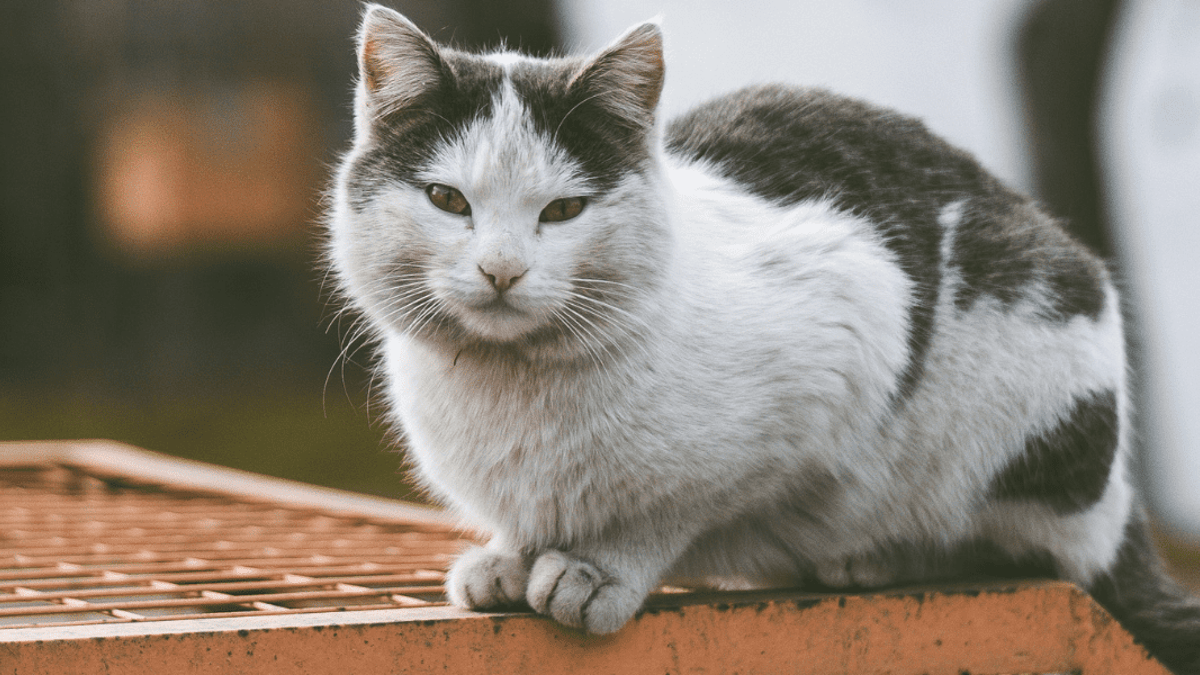Il tetanus in cats it represents a fairly rare pathology, but this does not mean that we must pay little attention and ignore what may be the alarm bells of a full-blown malaise.
The evolution of tetanus in cats always follows the same steps that represent a sort of pathological algorithm that can only be countered thanks to the knowledge of the same: let’s discover them together!
What is tetanus in cats?
Tetanus in cats is an acute infectious disease not contagious caused by an infamous bacterium, the Clostridium tetani. This etiological agent represented an epidemiological problem in humans in the early decades of the 20th century, so much so that one of the broad-spectrum vaccination close-ups of modern history.
Even our animal friends can contract this bacterium whose toxins they also cause very serious symptoms.
Cat and tetanus are not a common combination, but it is certainly useful to understand when we are faced with a clinical case of this kind.
Cat tetanus: where can Micio get infected?
There are different means and scenarios that can cause infections with Clostridium tetani. In fact, this bacterium can be found:
- in the ground,
- in the dust,
- in the feces of herbivores,
- in the feces of the human being.
In practice it becomes impossible to identify a potential place of contagion with the naked eye but by recognizing the first signs of symptoms or even avoiding certain behaviors, we could effectively prevent tetanus in cats.
The disease is established when the bacterium colonizes an open wound in which it can proliferate and send its toxin or tetanospasmin into circulation, causing clinical symptoms.
Clostridium tetani bacterium: an eye under the microscope!
It is a bacillus Gram-positive anaerobic (it grows only in the absence of oxygen) and is present in nature both in vegetative form and in the form of spores.
In the vegetative form it produces a neurotoxic toxin known as tetanospasmina among the most powerful found in nature. Spores can survive in the external environment even for years and often contaminate dust and earth.
They can enter the human organism through wounds where, under suitable conditions (which occur especially in necrotic tissues), they can transform into the vegetative forms that produce the toxin.
But what are the symptoms that characterize tetanus in cats?
Evolution of tetanus in cats and symptoms
The symptoms are neurological in nature and can manifest themselves from a few days to months after the infection.
The first signs are related to a muscle stiffness starting from a spastic stiffening of the legs, with a consequent gait called “trestle” due to the impossibility of bending the legs.
There is no real suffering on the part of the cat but a sudden lowering of the quality of life.
Later, signs are established mainly referable to the muscles of the head with the characteristic mandibular trismus that determines the facies sardonicaor a change in the patient’s physiognomy giving him a sort of grin.
The spastic contractions they spread to the muscles of the whole body and the affected cat is no longer able to stand up, having the legs contracted and extended with diffuse rigidity. He never faints and is always alert but cannot feed and drink.
Within a few days, death occurs due to paralysis of the diaphragm and respiratory muscles.
Cat with tetanus: how to cure it?
Tetanus in cats is managed symptomatically.
- First of all, tranquilizers are used and muscle relaxants to resolve muscle stiffness and diffuse fasciculations.
- The very important recovery in a quiet place as the sick subjects are hyper-sensitive to sounds and light.
- To use soft mattresses for decubitus it is always recommended to prevent sores as there is the possibility that the hospitalization lasts for more than 2 weeks.
- In the early stages thePower supply is forced with a nasogastric tube but can improve over the days until the reappearance of the appetite.
- The true pharmacological therapy it is a targeted antibiotic with systemic penicillins to be administered for weeks before the patient is able to recover and unfortunately the course is not always benevolent.
Is the cat vaccine mandatory?
When it comes to tetanus, the mind immediately leads us to think about vaccination.
In the world of human preventive medicine it is mandatory to undergo this vaccine by carrying out a booster whenever there is a possibility of having come into contact with the bacterium.
In veterinary medicine this does not happen as the vaccine is not mandatory and, often, unnecessary as many pets live in apartments and not in potential contamination places such as the countryside.
This means that the therapies provided are in almost all cases of a symptomatic type.
Can dog and cat bites transmit tetanus?
Potentially yes, but the hypothesis is very rare. First of all, the infection occurs through wounds and also the cat must have contracted tetanus, which is absolutely not common in domestic cats, but certainly more likely in case of bites from stray or country cats, or in the case of wild animals.
If you have noticed a sudden change in your cat’s behavior and behavior, or suspect he may be suffering from a neurological disease, do not hesitate to ask your trusted veterinarian for advice!

